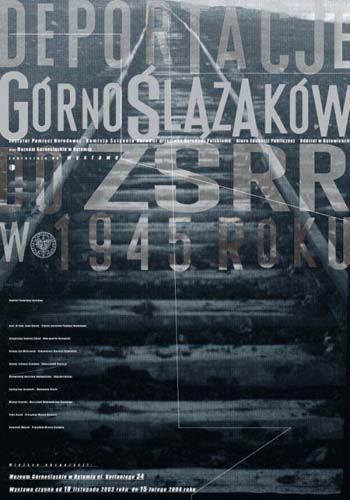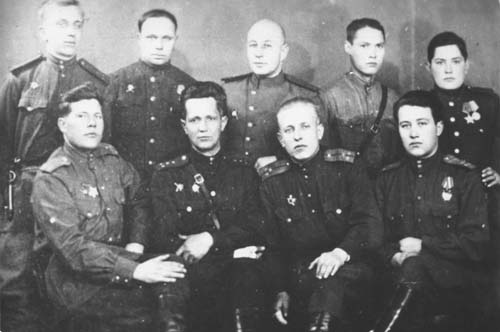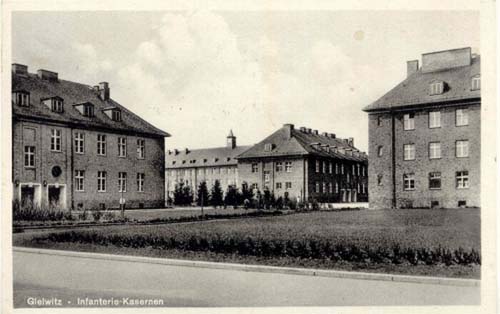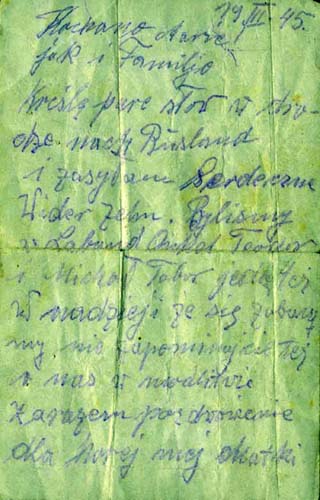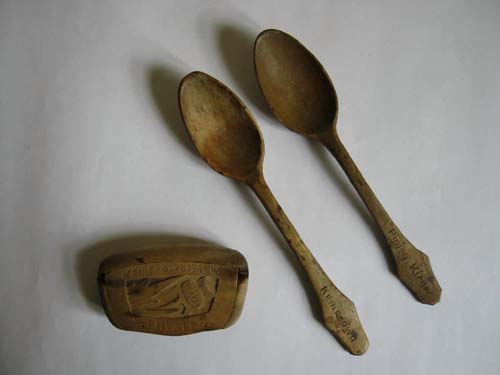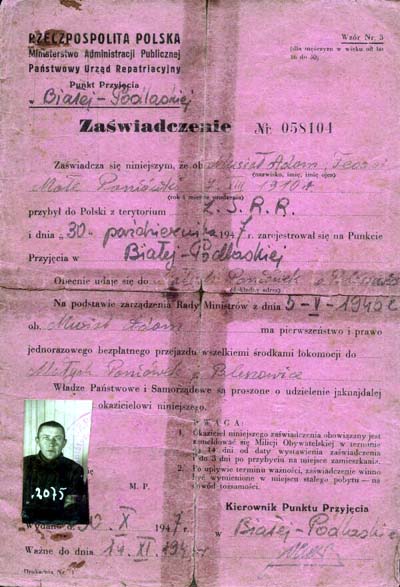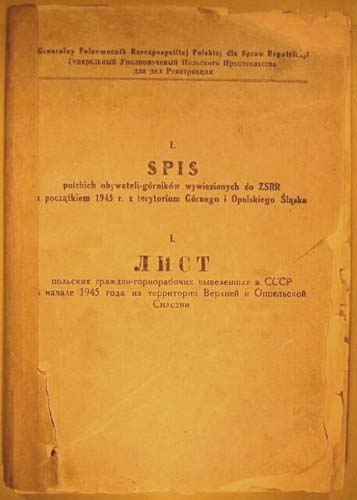During the winter of 1945 thousands of people from Upper Silesia were sent into soviet labor camps. Those displacements constitute only a small part of the deportations of Poles to the USSR which started when Red Army entered the territory of occupied Poland. The scale and character of those deportations differ since not only members of the resistance movements suffered, but also anyone who (according to the “liberators”) might threaten the new regime. The majority of the displaced were civilians, later exploited to rebuild the devastated soviet economy.
The authors tried to depict the complexity of the deportation problem, paying close attention to the industrial region of Upper Silesia, and to avoid the stereotyped belief that only miners suffered in the effect of displacements. Therefore, the exhibition includes detailed information about expulsions of members of other professions as well as Resistance’s soldiers and artists.
The main part of the exposition deals with deportation process, the life in labor camps and homecoming. The following, less known events, such as the search for missing families, the process of retracing their fates and graves, as well as the way those issues were handled after 1989 are also included in the exhibition. Unique documents, photos and souvenirs from private collections, as well as the available documents from the Polish and Russian Archives are shown. The most recent document, Mr. Leon Rzychoń’s letter to IPN, requesting to establish the last traces of his father, dates from 2001.
Two documentaries accompany the exposition: Andrzej Soroczynski’s “Szychta niewolników”, depicting deportations from Upper Silesia in 1945 and Wojciech Sarnowicz’s “Końca wojny nie było”.
The exhibition in Bytom will be held till the 15th of February 2004. Later the exhibition tours Knurów, Katowice, and Chorzów.
PHOTOS
